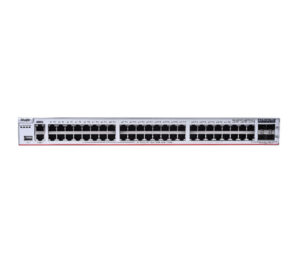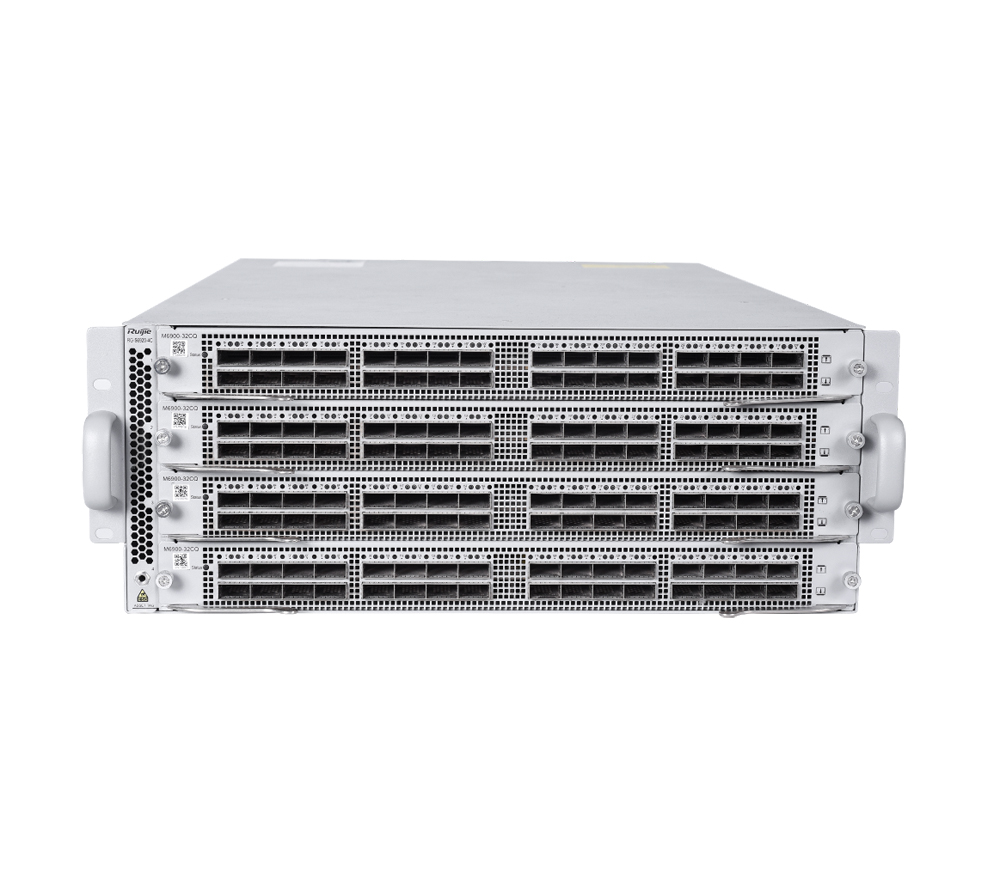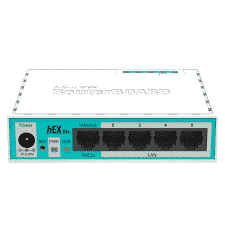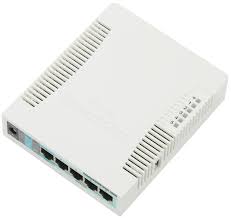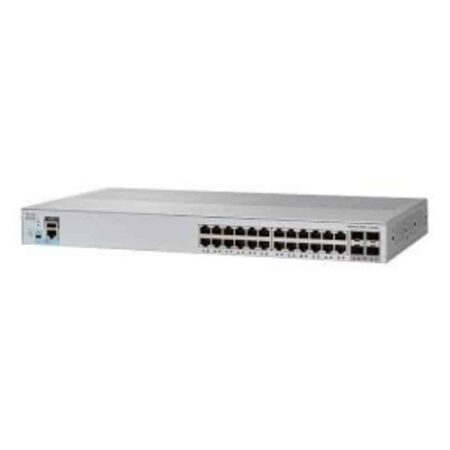Building the next-generation Data Center Network
The rapid development of applications such as AI/machine learning has driven the evolution of next-generation data center networks to 100G/400G. The next-generation data center network requires equipment in a unit space with higher performance and greater bandwidth. RG-S6920-4C can provide a maximum of 128 100G ports in a 4U height space. It satisfies the evolution requirements of the next-generation data center network well.
Implements RDMA-based lossless Ethernet
The switch implements low-delay forwarding of the lossless Ethernet based on the Remote Direct Memory Access (RDMA) and optimizes service forwarding performance. It greatly reduces the operation cost per bit of the entire network and enhances the competitive edge of service products.
Provides carrier-class reliability protection
RG-S6920-4C is equipped with built-in redundant power modules and modular fan assemblies. All interface boards, power modules, and fan modules can be hot-swapped without affecting normal running of the device. The switch provides fault detection and alarm functions for power modules and fans. It can automatically adjust the fan speed based on temperature changes, to better adapt to the environment in data centers. The device also provides multiple device-level and link-level reliability protection as well as overcurrent protection, overvoltage protection and overheating protection.
In addition, the switch supports Graceful Restart (GR), Bidirectional Forwarding Detection (BFD), and other mechanisms. They ensure appropriate network convergence time and normal running of services even if multiple services and heavy traffic are carried over the network.
Supports IPv4/IPv6 dual-stack protocols and multilayer switching
The hardware of RG-S6920-4C supports IPv4 and IPv6 protocol stacks and multilayer line-rate switching. The hardware differentiates and processes IPv4 and IPv6 packets and supports multiple tunnel technologies (such as manually configured tunnels, automatic tunnels, and Intra-Site Automatic Tunnel Addressing Protocol (ISATAP) tunnels). The switch can be used to flexibly build IPv6 inter-network communication solutions based on IPv6 network planning and network conditions.
The device supports numerous IPv4 routing protocols, including static routing, Routing Information Protocol (RIP), Open Shortest Path First (OSPF), Intermediate System to Intermediate System (IS-IS), Border Gateway Protocol version 4 (BGP4). Users can select required routing protocols based on network environments, to flexibly build networks.
The device also supports abundant IPv6 routing protocols, including static routing, Routing Information Protocol next generation (RIPng), OSPFv3, and BGP4+. Appropriate routing protocols can be selected to upgrade an existing network to an IPv6 network or build a new IPv6 network.
employing multi-element binding, port security, time-based ACL, and data stream–based rate limit. It can strictly control the user access to enterprise networks and campus networks and restrict the communication of unauthorized users.
Provides all-round management performance
The switch provides various management interfaces such as the Console interface, MGMT interface, and USB interface, and supports SNMP v1/v2/v3 as well as universal network management platform and service management software such as BMC. It supports CLI-based management, telnet, and cluster management, which facilitates device management. The supported encryption modes such as SSH2.0 and SSL ensure more secure management.
In addition, the device supports the Switched Port Analyzer (SPAN)/Remote Switched Port Analyzer (RSPAN) and multiple SPAN observation ports. It can analyze network traffic and take proper management and maintenance measures accordingly, clearly presenting the service traffic on a network. The device can provide various network traffic analysis reports so that users can optimize the network structure and adjust resource deployment in a timely manner.


